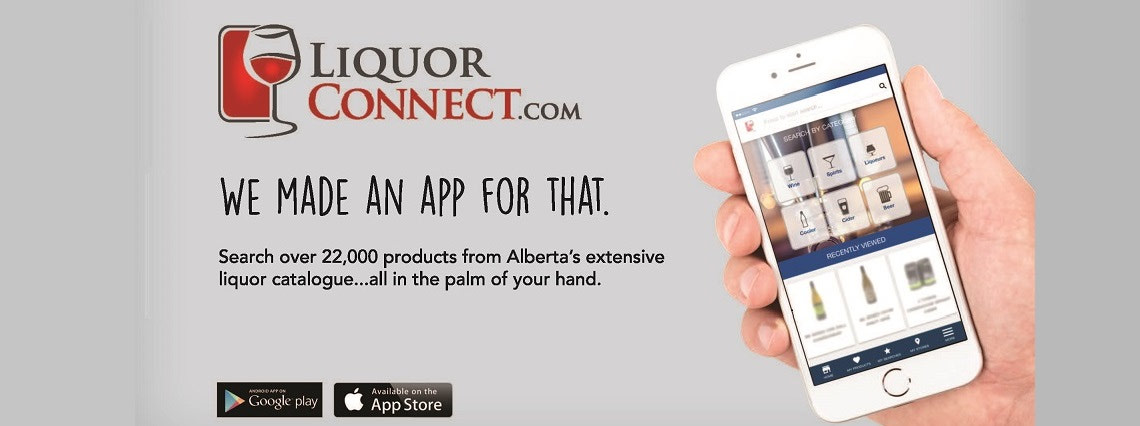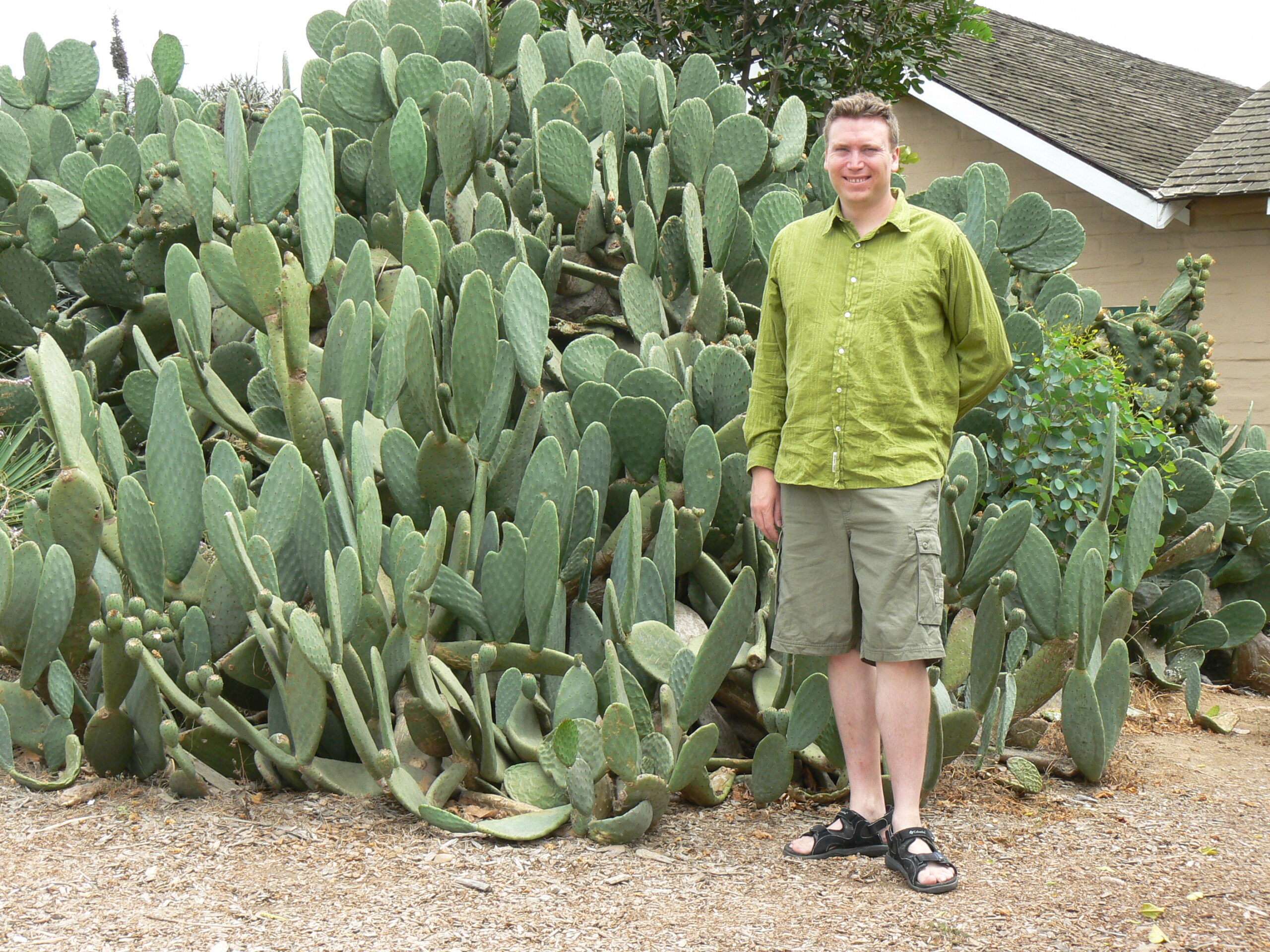As the fourth wave of the pandemic begins to subside, I am cautiously optimistic about emerging from the safety of my wine cellar, where I have remained cloistered for the past six weeks, with the ever-dwindling number of bottles my only companions.
While digging through the dusty corners of the wine cellar, I came across a forgotten bottle of Carignan that I had bought a few years back for International Carignan Day, an annual celebration of this ancient grape which takes place on the last Thursday in October.
Thanking my past self for not opening the bottle during previous waves of the pandemic, I took this as a good omen that I was meant to have an enjoyable International Carignan Day, and uncorked the bottle with gusto.
The Carignan grape is not hugely popular in North America, so may be unfamiliar to regular readers. The history of the grape has been lost to the wine-soaked mists of time, but ampelographers speculate that the grape originated in what is now modern-day Spain, and spread to France and Italy sometime in the 9th century BCE, nearly three millennia ago.
Carignan plantings in its native Spain were eventually overtaken by the twin juggernauts of Garnacha and Tempranillo, with the majority of the acres of Carignan under vine now in France. Indeed, up until the 1970s, Carignan was the most commonly planted red grape in France, with half a million acres under vine. Plantings have decreased quickly since then, and were overtaken by Merlot by the turn of the century.
A vigourous and highly productive vine, Carignan is often found today as a blending grape, used to inexpensively bulk up Grenache and Merlot, or provide balance to other blended varietals.
The grape is a sun worshipper, so does best in hot climates, and thrives particularly well in the Languedoc region of France, as well as the Mediterranean island of Sardinia.
In centuries past, the high tolerance for heat made Carignan a popular choice for planting in the former French colonies of Morocco and Algeria, slaking the tongues of the thirsty troops of the French Legionnaires during those days of empire and conquest.
In the new world, Carignan was very popular for making cheap jug wines in California in the 1970s, but plantings have been in a slow decline since the last days of disco.
Carignan vines are naturally very vigourous, and left to their own devices, will produce huge quantities of low quality grapes, which contributed to the varietal falling out of fashion in the 1970s. Clever vintners now understand how to aggressively prune the vines to reduce the yield, resulting in a smaller grape harvest by volume, but a much higher quality wine.
A single bottle varietal of Carignan will be a medium bodied red with low tannins, so is typically consumed within a few years of bottling, and not left to age for extended periods. Expect plenty of red fruits such as raspberry on the palate, with hints of anise and cinnamon on the nose. The low tannins make it easy to pair with poultry dishes, and the aromatic cinnamon notes help enhance the spices in the food pairing.
I still had some leftovers from Thanksgiving, so I heated up the last of the turkey and all its fixings in the oven, then enjoyed with the freshly uncorked Carignan. Red wines can be challenging to pair with turkey, but the low tannins avoided the bitter tang that sometimes follows a bolder red like Cab Sauv, and complemented the cranberry sauce drizzled on the roast turkey, as well as the spicier finish of the stuffing. The cinnamon notes enhanced the aromatics on that one last slice of pumpkin pie, so the Carignan was a hit from start to finish of the meal.
In addition to single varietal bottlings, Carignan is often used as a blending component in GSM (Grenache, Syrah, Mourvèdre) wines, whose historical home is the Côtes du Rhône wine region of France.
There are a few dozen options here in Alberta for Carignan wines, mostly of French origin, but selections from Chile and California can be found as well in the $20-$30 price range, so these can be daily drinkers that you do not have to save for a special occasion. Ask your friendly neighbourhood booze merchant to point you in the right direction, or check www.liquorconnect.com from your smartphone to find a bottle near you.







